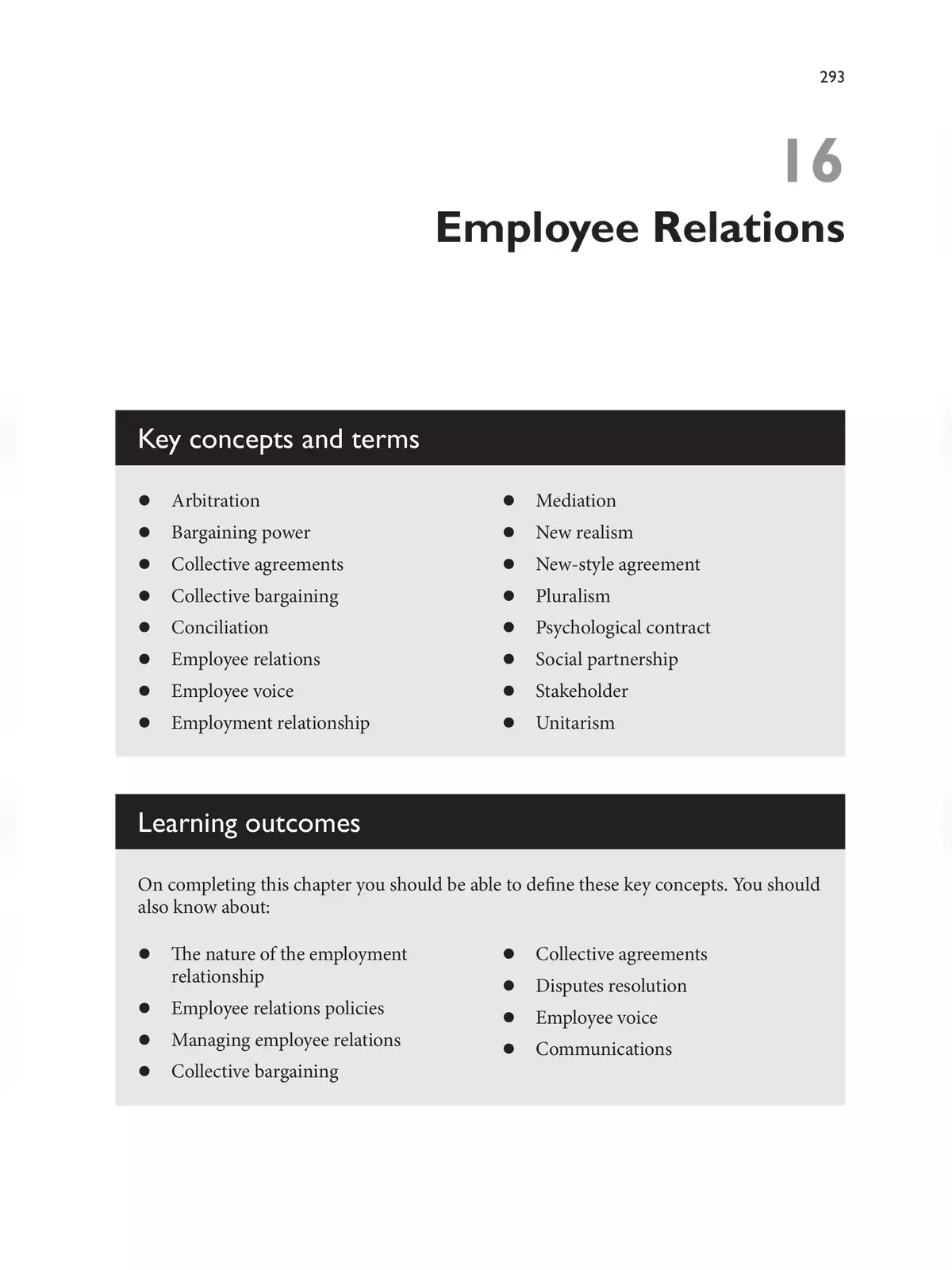Employee Relations - Summary
Employee relations are essential for managing the employment relationship and promoting a positive work environment. This key area focuses on the terms and conditions of employment, addressing workplace issues, giving employees a voice, and ensuring clear and effective communication with them. Employee relations can be managed directly or through collective agreements when trade unions are involved. You can also find useful information in the Employee Relations PDF available for download.
Understanding Employee Relations
Employee relations cover a broader spectrum than industrial relations, which mainly focus on interactions between management and trade union officials. The wider perspective of employee relations acknowledges the shift from collective methods to individual relationships between employees and employers. Historical concepts like joint control and collective rule-making are becoming less common in today’s workplaces. Nowadays, especially in the private sector, employers have a lot more authority.
In the United Kingdom, trade union membership has significantly dropped from a peak of roughly 12 million to about 7 million currently. This decline is mainly due to structural changes, such as the decline of large manufacturing industries and the growth of service sectors, along with an increase in part-time employment. From 1980 to 2000, the coverage of collective agreements fell from over three-quarters of the workforce to less than a third, resulting in a notable decrease in industrial actions.
Download Employee Relations PDF
You can easily download the Employee Relations PDF using the link below. This document will give you a thorough overview and additional insights into the significance of employee relations. 📥
